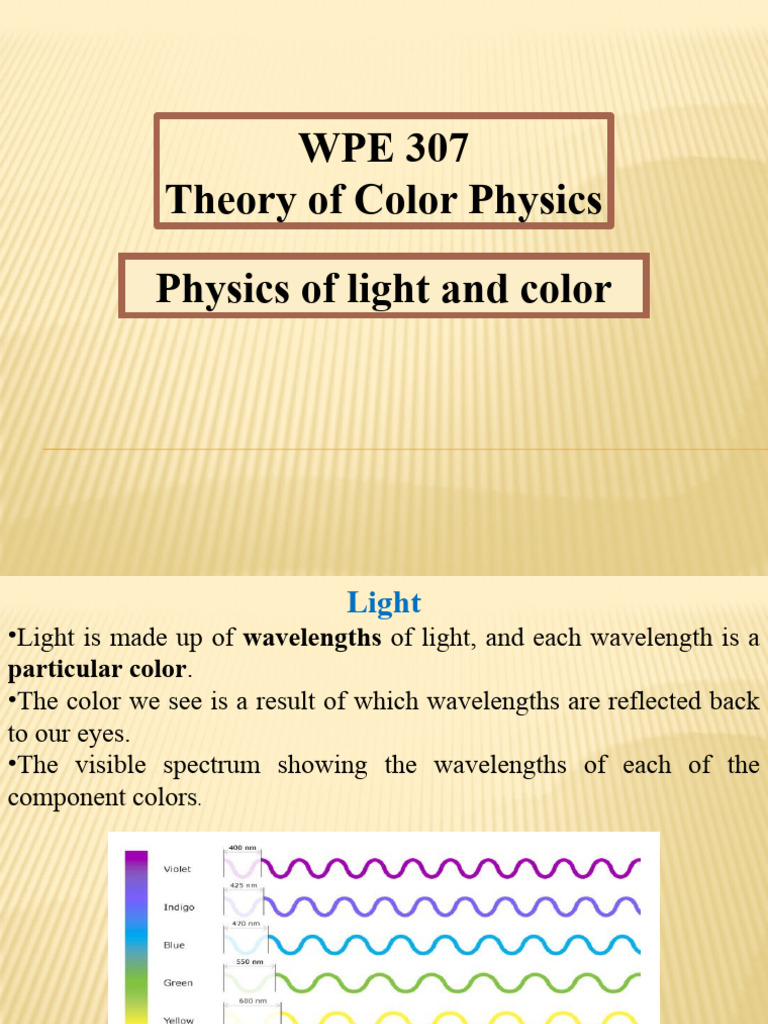Color charges are fundamental properties in particle physics, particularly in the realm of quantum chromodynamics (QCD), which is the theory that describes the strong interactions between quarks and gluons— the building blocks of protons, neutrons, and other hadrons. This article explores various facets of color charges, elucidating their origins, characteristics, interactions, and their overarching implications in the fabric of the universe.
Color charge is a term that borrows from the analogy with colors, but it should be noted immediately that it has nothing to do with visible color. In the context of QCD, color charges come in three varieties, often designated as red, green, and blue. These terms were whimsically chosen, but they denote the symmetry and roles of quarks within the framework of the Standard Model of particle physics. Just as white light is a combination of various wavelengths, the concept of “color” allows for a vibrant theoretical landscape where particles interact robustly through their exchange of these charges.
In a more formal sense, quarks are classified according to their color charges, which are quantized properties similar to electric charge, but they adhere to different conservation laws. Each type of quark (up, down, charm, strange, top, and bottom) possesses one of three color charges. Gluons, the mediators of the strong force, are unique; they themselves carry color charge as well as an “anticolor,” allowing them to bind quarks together effectively. This feature of gluons is crucial for understanding the strong force’s dynamics.
The fundamental principle governing the interaction between color-charged particles is the concept of confinement. Unlike electric charges, which can exist independently, color charges must combine in such a way that the resultant particle is “color-neutral.” For instance, a baryon, such as a proton, is constructed from three quarks (one of each color), which ensures it is color-neutral. Conversely, mesons are formed from a quark and an antiquark, pairing a color and its anticolor to achieve neutrality. This color neutrality is a profound aspect of the stability of matter at the subatomic level.
When discussing the interactions between color charges, one must consider the dynamics dictated by the strong force. The strength of this force is characterized by a coupling constant, denoted as αs, which varies depending on the energy scale of the interaction— a phenomenon referred to as asymptotic freedom. As quarks approach one another, the strength of the strong force diminishes, allowing them to interact in a manner akin to that of charged particles in electromagnetism at great distances.
Color charge interactions are mediated by the exchange of gluons, which can undergo self-interaction due to their dual charge nature. This self-interaction leads to complex phenomena, such as the formation of color flux tubes and other non-perturbative effects. Understanding these interactions has been pivotal for particle physicists, primarily through the development of lattice QCD, a numerical approach that allows for the simulation of QCD interactions in discrete spacetime grids.
One of the most fascinating manifestations of color charges is the phenomenon of color confinement, whereby quarks and gluons cannot exist in isolation but rather build composite particles, or hadrons. The energy required to separate these particles increases with distance, a characteristic that directly correlates with the asymptotic behavior of the strong force. This energy relationship establishes a profound connection between particle physics and the principles of quantum field theory.
Furthermore, the implications of color charges extend beyond mere theoretical constructs. They play a vital role in high-energy collisions, such as those conducted at particle accelerators like the Large Hadron Collider (LHC). These experiments have not only confirmed the presence of various particles, such as the Higgs boson but also provided insight into the interactions governed by color charges, leading to a more nuanced understanding of the fundamental forces that govern the universe.
The color charge concept has also influenced theoretical developments beyond the Standard Model. Researchers have explored models incorporating color charges in various frameworks, such as supersymmetry and string theory, where the intricate relationships between particles suggest new avenues for investigation into the unification of forces. The mathematical elegance and symmetry inherent in the concept of color charge serves as a powerful tool for physicists striving to explain the fundamental workings of the universe.
As research continues to advance, the study of color charge interactions and their consequences remains an active and dynamic area of inquiry in particle physics. Ongoing investigations into the behavior of quarks and gluons promise not only to deepen our comprehension of the standard model but also to illuminate the enigmas that linger at the boundary of current scientific thought.
In summary, color charges represent an essential facet of particle physics and quantum chromodynamics. They govern the strong interactions responsible for binding quarks into hadrons and underlie the intricate tapestry of matter in the cosmos. Understanding color charges and their interactions offers profound insights into the fundamental forces of nature, paving the way for future discoveries that might reshape our grasp of the universe.












